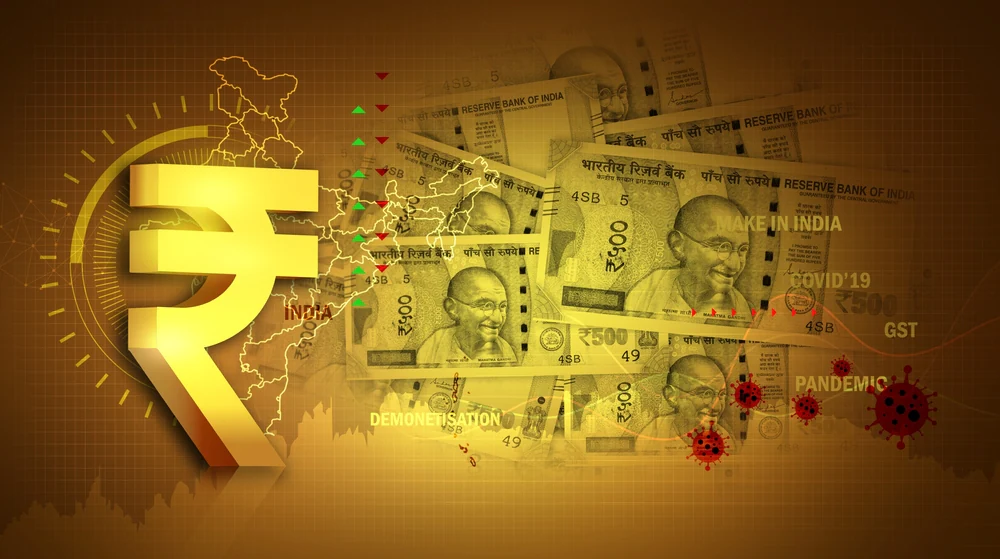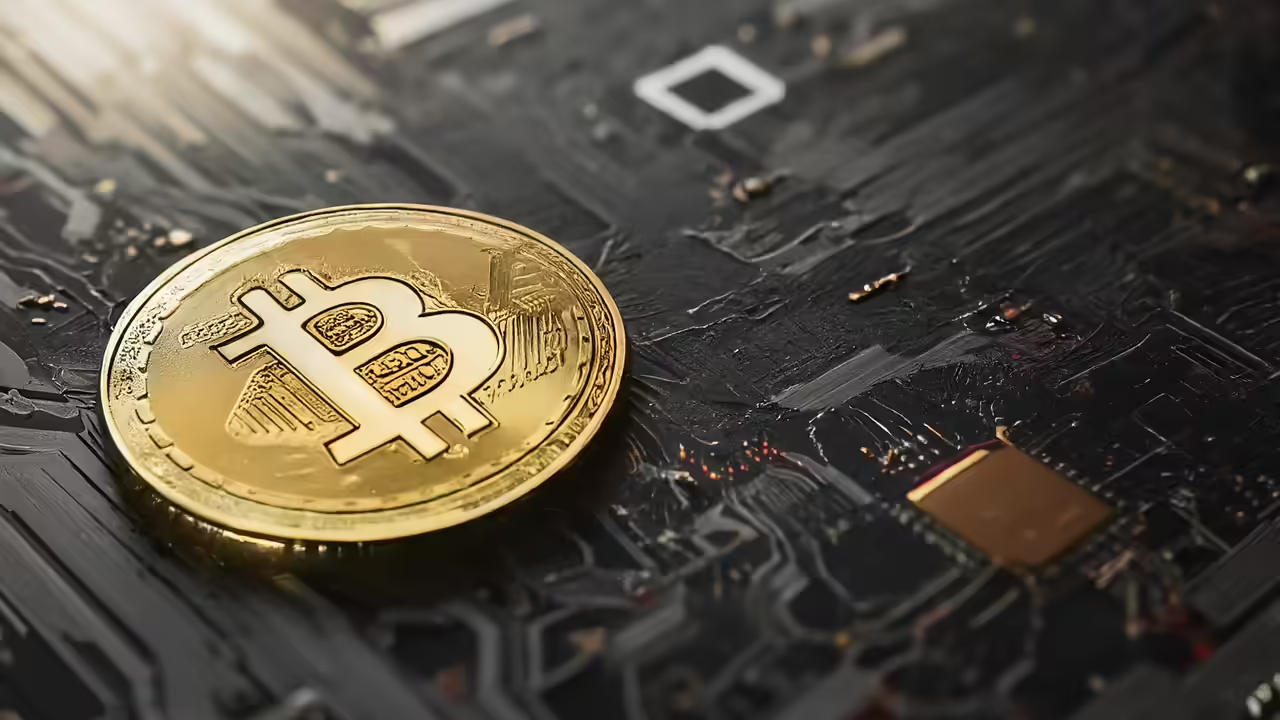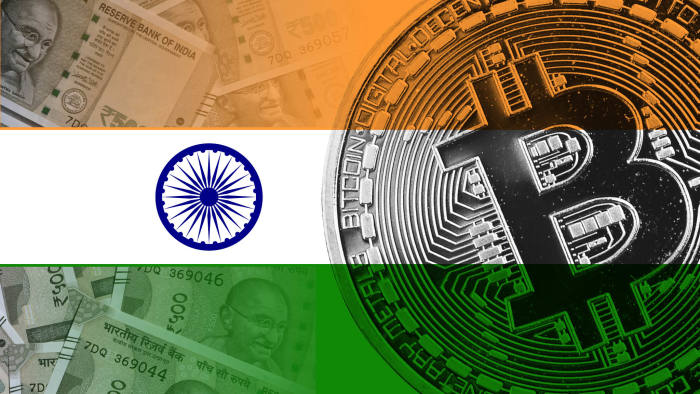Now Reading: Digital Rupee vs. Private Crypto: Rethinking India’s Money Future
-
01
Digital Rupee vs. Private Crypto: Rethinking India’s Money Future
Digital Rupee vs. Private Crypto: Rethinking India’s Money Future

India’s financial system is entering a new phase with the launch of the Digital Rupee. At the same time, private cryptocurrencies like Bitcoin and Ethereum continue to attract attention among young investors. The debate is often framed as a contest between the two, but in reality, both play very different roles. Understanding these differences is crucial, especially for people in Tier-2 cities where financial access and awareness are still growing.
The Digital Rupee, introduced by the Reserve Bank of India, is essentially the same as regular money but in electronic form. It is backed by the central bank, making it stable and risk-free. For citizens, this means easier digital payments, faster transactions and better integration with existing banking systems. In smaller cities, where cash is still heavily used, the Digital Rupee could make financial inclusion smoother by offering a secure, government-backed digital alternative.
Private cryptocurrencies, on the other hand, are not controlled by any authority. Their value depends on global demand, market sentiment and scarcity. For investors in cities like Nagpur, Jaipur or Lucknow, crypto represents both an opportunity and a risk. It is seen as a way to diversify wealth, but price volatility and regulatory uncertainty make it less reliable for everyday use compared to the Digital Rupee.
Critics argue that private crypto threatens financial stability and can be misused for speculative gains. Supporters believe it fosters innovation and connects Indians to a global digital economy. For Tier-2 investors, the appeal lies in low entry costs and the excitement of participating in something modern, but this often comes without adequate understanding of risks such as market crashes or security issues.
The Digital Rupee and private crypto need not be direct rivals. While one ensures stability and trust, the other opens doors to innovation and experimentation. Together, they could shape a more flexible financial ecosystem—where people can use the Digital Rupee for daily payments and rely on crypto for investments or long-term wealth creation.
The future of money in India will likely be a mix of both systems. Tier-2 cities will play an important role in testing how these options are adopted in real life. What matters is not choosing one over the other, but creating awareness, building trust and ensuring regulations that protect users while encouraging progress. India’s journey will be about balance, where traditional stability and modern innovation go hand in hand.

























